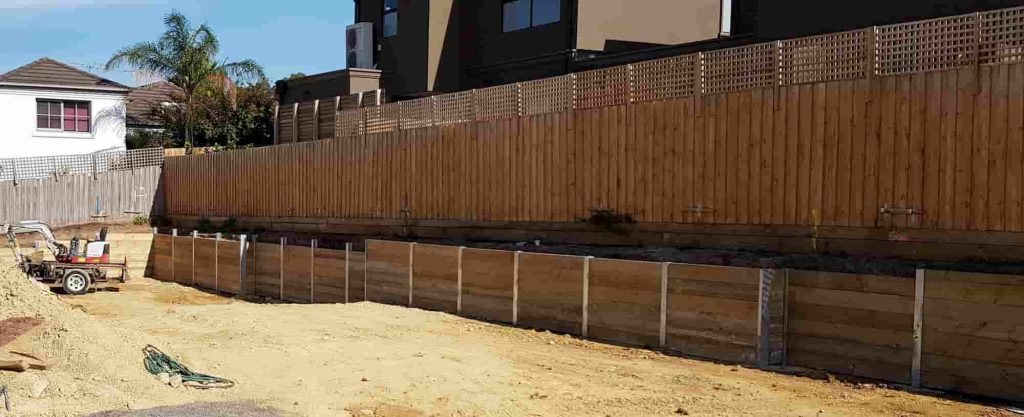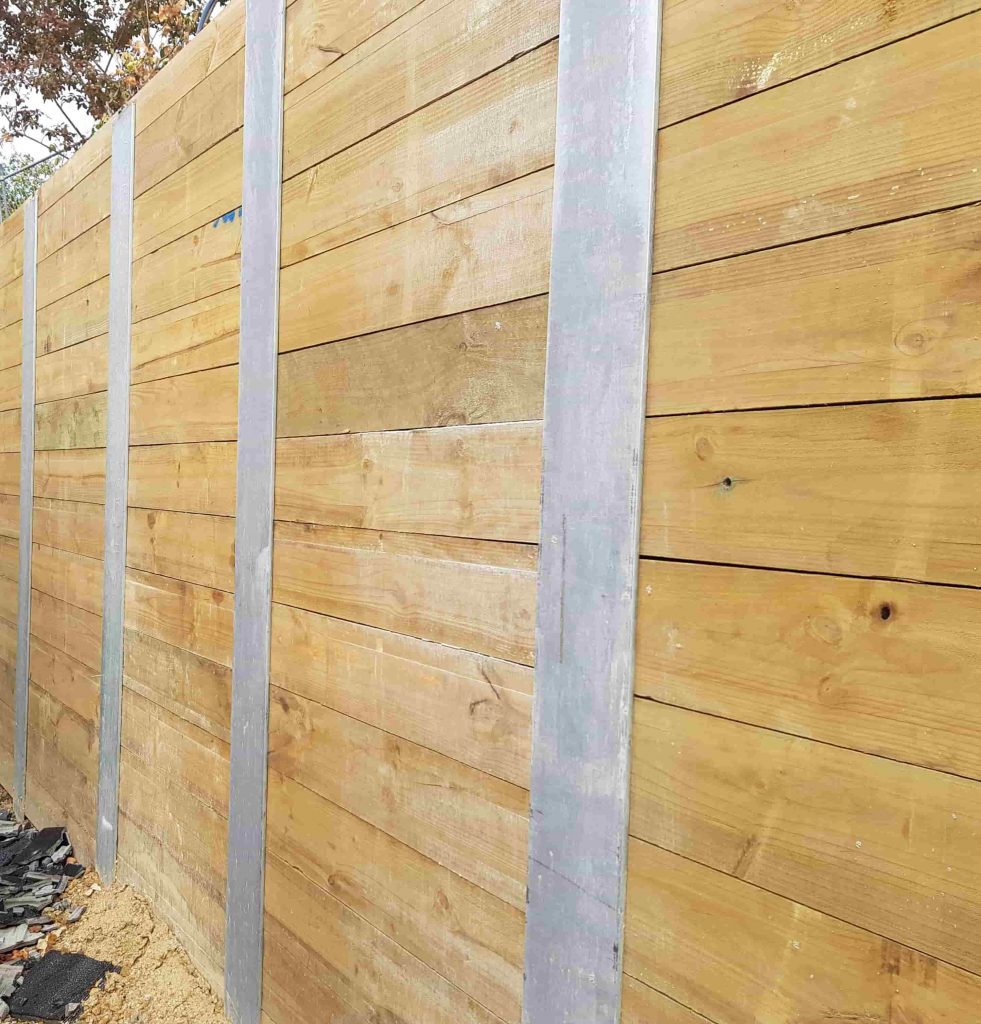Introduction
Building a retaining wall can be a transformative task for any property owner. Whether you're wanting to improve your garden, support your landscape, or include visual interest to your outside area, teaming up with your retaining wall contractor is crucial for attaining the best results. This extensive guide will explore how to successfully interact and work together with your contractor, guaranteeing that your vision is understood while also adhering to professional standards. From selecting the right products-- like timber sleepers and concrete sleepers-- to comprehending the structural benefits of H beams, this article will equip you with the understanding you need.
Collaborating with Your Retaining Wall Contractor for Best Results
1. Comprehending the Function of a Retaining Wall Contractor
A retaining wall professional plays a crucial http://johnathanlmem242.bearsfanteamshop.com/the-necessary-guide-to-hiring-a-retaining-wall-contractor role in any landscaping task involving retaining walls. They bring the proficiency needed to make sure that your wall is not just aesthetically pleasing however likewise structurally sound. Their obligations typically consist of:
- Design Consultation: Discussing your concepts and equating them into convenient designs. Material Selection: Encouraging on suitable materials such as wood sleepers, concrete sleepers, and H beams based on resilience and cost. Project Management: Managing construction timelines, handling labor, and guaranteeing compliance with regional regulations.
2. Significance of Interaction in Collaboration
Clear interaction is the bedrock of successful partnership. Regular updates about job development can avoid misunderstandings that may lead to expensive delays or revisions.
- Establishing Communication Channels: Agree on how you will communicate-- whether through e-mails, call, or in-person meetings. Setting Frequency of Updates: Choose how often you want updates regarding development or any concerns that arise.
3. Preliminary Consultation: Setting Expectations
During the initial consultation stage, it's important to articulate what you anticipate from the project:
- Budget Constraints: Be upfront about what you're willing to spend. Design Preferences: Share images or sketches that represent your wanted style.
4. Picking Products: Timber Sleepers vs. Concrete Sleepers
One of the most vital choices you'll make is picking materials for your retaining wall:
Timber Sleepers: Pros and Cons
- Pros: Visual appeal, ease of installation. Cons: Susceptible to rot over time if not dealt with properly.
Concrete Sleepers: Pros and Cons
- Pros: Durability and durability; resistant to weathering. Cons: Greater initial cost compared to timber.
5. Comprehending Structural Aspects: The Role of H Beams
H beams are an integral part of numerous retaining wall designs:

- Load-Bearing Capacity: They supply extra strength and support. Installation Strategies: Talk about how these will be integrated into your style plan.
6. Creating Your Retaining Wall: Collective Brainstorming
In this stage, both you and your specialist should take part in conceptualizing sessions:
- Utilize style software application tools if available. Review regional building regulations together to ensure compliance.
Effective Job Management Strategies
7. Timeline Advancement: Setting Milestones
A well-defined timeline can assist keep the job on track:
Define major stages (e.g., design approval, material procurement). Set interim turning points to assess progress.8. Budget Management: Preventing Cost Overruns
Discussing spending plan management methods is essential:
- Keep track of all expenditures. Allow for contingency funds in case unexpected costs arise.
9. Quality Assurance Practices
Quality assurance guarantees that every element fulfills market requirements:
Discuss examination points throughout the process. Schedule follow-up assessments once building and construction begins.Project Execution Phase: Collaborating Smoothly
10. On-Site Cooperation: Regular Check-ins
Once work starts, keep routine check-ins with your specialist:
- Ask about daily progress. Address any concerns immediately before they escalate.
11. Managing Modifications Midway Through Construction
Flexibility might be necessary during building and construction:
Ensure there's a clear process for initiating changes. Document whatever in writing for accountability.Post-Construction Considerations
12. Last Assessments and Approvals
After construction concludes, carry out an extensive inspection:
Assess visual quality against original plans. Check structural integrity per regional building codes.13. Upkeep Tips for Your Retaining Wall
Proper maintenance extends the life of your retaining wall:
For Lumber Sleepers
- Regularly inspect for signs of rot or pests.
For Concrete Sleepers
- Check for cracks or signs of wear; address them promptly.
FAQs
Q1: How long does it take to build a retaining wall?
A1: The timeline differs based on size and complexity however generally takes in between 1 week to several months.
Q2: What permits are required for constructing a maintaining wall?
A2: Licenses often depend on regional policies; seek advice from your professional who can browse these requirements effectively.

Q3: Can I install my own retaining wall?
A3: While DIY is possible, working with experts guarantees structural stability and compliance with structure codes.
Q4: What kind of soil is best for supporting a retaining wall?
A4: Well-drained soil types supply better assistance; speak with geological surveys if uncertain about soil conditions at your site.
Q5: Are there environmental considerations in constructing a maintaining wall?
A5: Yes! It's important to consider drain patterns and local wildlife when planning construction.
Q6: Is insurance coverage required when employing a contractor?
A6: Absolutely! Making sure that specialists have proper insurance coverage protects you from liabilities throughout building work.
Conclusion
Collaborating with your retaining wall professional for best outcomes isn't almost laying bricks or stacking stones; it has to do with developing a collaboration rooted in clear communication, shared regard, and a steadfast dedication to quality craftsmanship. By following this extensive guide-- comprehending each phase from product selection like timber sleepers or concrete sleepers through reliable task management-- you'll be set up for success in understanding your vision while guaranteeing structural integrity through aspects like H beams.
Remember that every effective cooperation involves effort from both celebrations; remaining engaged throughout the procedure makes all the distinction in accomplishing outstanding results!